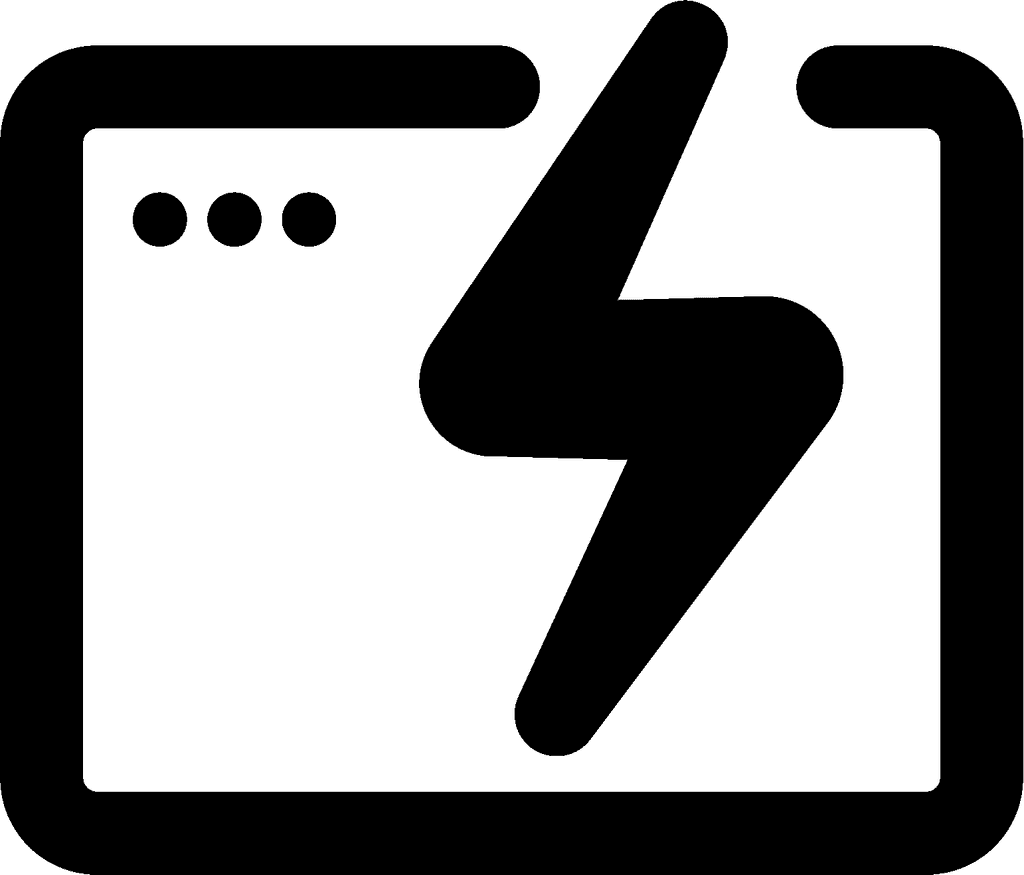If your business is one of the 43% of businesses that expect to increase IT staff in 2025 or the 64% that “plan to increase their IT budgets in 2025,” then knowing how your internal IT support is performing is vital for the improvement and optimization of it.
Utilizing internal IT support KPIs offers these benefits:
Improved response times, leading to higher employee satisfaction.
Data-driven decisions that streamline issue resolution.
Enhanced service efficiency through targeted metrics.
Perhaps your company isn’t one of the businesses increasing their IT staff or budget in 2025. Even so, knowing how to use data from KPIs to improve response times and issue resolution can reduce your IT costs.
In this article, we’ll discuss different types of internal IT support KPIs and actionable strategies for using the data sourced from those key performance indicators to improve your IT department.
Understanding Internal IT Support KPIs

Key Performance Indicators, or KPIs, are essential for evaluating the efficiency and effectiveness of IT support functions. These metrics offer insights into performance trends, enabling your company to pinpoint areas for improvement and to optimize resource allocation.
Here are some of the common IT support KPIs that can be applied to your company’s internal IT support:
Average Task-Completion Time: This IT support KPI measures the time it takes your IT team to resolve tickets from initiation, all the way to closure. Obviously, a shorter completion time indicates higher IT department efficiency.
Ticket Volume: This KPI represents the total number of requests received by your IT department within a specific period of time. Analyzing ticket volume helps you understand workload patterns and assists you with resource planning.
Ticket Backlog: This IT support KPI refers to the number of unresolved tickets for your IT department at any given time. A growing backlog can signal inadequate resource allocation for the department or inefficiencies in your company’s internal IT support process.
The KPIs for Improving Internal IT Support Response Times

1. First Response Time
FRT measures the duration between when an employee at your company submits an IT support ticket and the initial response from your internal IT support team. A lower FRT enhances employee satisfaction by demonstrating prompt attention to issues. Employees feel valued, supported, and empowered, leading to higher retention rates.
2. Mean Time to Acknowledge
MTTA reflects the average time it takes your internal IT support team to acknowledge a ticket after an employee submits it. This metric is crucial for assessing responsiveness and prioritizing urgent issues effectively.
3. Mean Time to Resolve
MTTR tracks the average time required for your internal IT support team to resolve a ticket from its opening until its closure. This metric directly correlates with your IT department’s operational efficiency and employee satisfaction.
The KPIs for Improving Internal IT Support Issue Resolution

1. Resolution Rate
The resolution rate measures the percentage of tickets resolved on the first interaction with your internal IT support team vs. the total support tickets raised by your employees. Higher resolution rates indicate more-effective IT troubleshooting capabilities and can lead to increased employee satisfaction.
2. Incident Duration
This metric captures the total time it takes your IT department to resolve an incident. By analyzing incident duration, you can identify patterns related to recurrent issues and improve your IT team’s response strategies.
3. Escalation Rates
Escalations indicate that IT support issues are not being resolved when they are still tier-1 tickets. It often demonstrates that the issues are beyond your IT team’s initial support tier’s capabilities.

Employee Satisfaction Metrics as Essential IT Support KPIs

Understanding employee satisfaction metrics is crucial for assessing the effectiveness of your company’s internal IT support services and how well your IT support team meets employee needs and expectations. By utilizing these three scores, you can:
Identify strengths and weaknesses in your company’s IT support service delivery.
Make informed decisions based on direct feedback from employees.
Prioritize areas for improvement that align with your employees’ needs.
Here are some of the most-valuable employee satisfaction metrics:
Employee Satisfaction Score: This measures your employees’ satisfaction with a specific interaction. Your company can typically gather this data from employees by having them complete a quick survey immediately after their IT support ticket is resolved.
Employee Net Promoter Score: This gauges your employees’ loyalty by asking how likely they are to recommend your company’s internal IT support services to their colleagues. This metric reflects overall satisfaction and the health of the long-term relationship between your IT department and employees from other departments.
Employee Effort Score: This assesses the ease of interaction between your employees and internal IT support team. Basically, it focuses on how much effort it takes your employees to resolve their issues, providing you with insight into IT operational efficiency.
Best Practices for Tracking Internal IT Support KPIs Effectively

Tracking internal IT support KPIs effectively takes a structured approach. These practices foster a culture of accountability and continuous improvement within your IT department, driving enhanced service delivery and operational success. Here are some steps to take:
Define Clear Objectives
Start with defining what your objectives are. Establish specific goals for each KPI and align them with your overall business objectives to ensure relevance and focus.
Implement Quality Assurance Measures
Regularly assess the quality of the support your internal IT department provides to employees. Monitor the metrics we have discussed, such as first response time and employee satisfaction scores, to evaluate IT support effectiveness.
Leverage Tech Tools
Use analytics software or dashboards like ManageEngine to visualize IT support KPI data in real-time. Automate this data collection wherever possible to reduce manual errors and enhance accuracy.
Conduct Regular Performance Reviews
Schedule consistent reviews to analyze KPI outcomes. This practice ensures ongoing evaluation of performance against set objectives, allowing your IT team to adjust strategies as needed.
Collect Feedback From Employees
Lastly, but most importantly, go to the people. Get feedback straight from your employees about their interactions with your internal IT support team. You can do this in a number of ways:
Post-Interaction Surveys: Include short questionnaires following ticket resolution to help you capture immediate feedback from employees.
Regular Check-Ins: Scheduled outreach to employees, allowing for deeper insights into their experiences with IT support over time.
Focus Groups: Engage employees in discussions to uncover qualitative data that your surveys might miss.
Leveraging the AI and Automation of Risotto to Enhance Internal IT Support

Now that you’re gathering all of this valuable KPI data about your internal IT support team, how can you leverage this information to drive meaningful improvements in their response times and issue resolutions?
One strategy is to reduce escalation rates, which you can achieve through comprehensive training of front-line IT staff on a wide variety of incidents. You can also encourage collaboration among teams to foster knowledge sharing. However, AI and automation is an even more-efficient and cost-effective way of reducing escalation rates, while improving response times and resolutions.
Risotto is an AI-powered Slack integration that provides robust automation for IT teams. Risotto’s AI-powered co-pilot automates responses to common internal IT support queries, deflecting up to 60% of tier-1 tickets. For instance, if one of your employees needs help signing into your company’s wifi or another employee needs assistance with software provisioning. Risotto can handle both types of requests with accuracy and speed, demonstrating significant improvements in response times for organizations.
With Risotto taking on much of the workload, your IT team can focus on more-complex issues, significantly improving overall internal IT support operations.
Conclusion
Using data-driven methods is essential to enhance both response times and issue resolution capabilities within your company’s internal IT support functions. The best strategies for gathering data and harnessing it include:
Utilizing KPIs to focus on metrics that matter to your company, such as First Response Time and Mean Time to Resolve.
Analyzing internal IT service effectiveness to assess how well your IT team addresses issues and meets employees’ expectations.
Automating and streamlining IT support processes by implementing solutions like Risotto to deflect tier-1 tickets and greatly improve response times.
Book a demo today with the Risotto team to start improving your internal IT support’s response times and issue resolution.

Build a more powerful help desk with Risotto
Minimize Tickets and Maximize Efficiency
Simplify IAM and Strengthen Security
Transform Slack into a help desk for every department
Schedule your free demo



